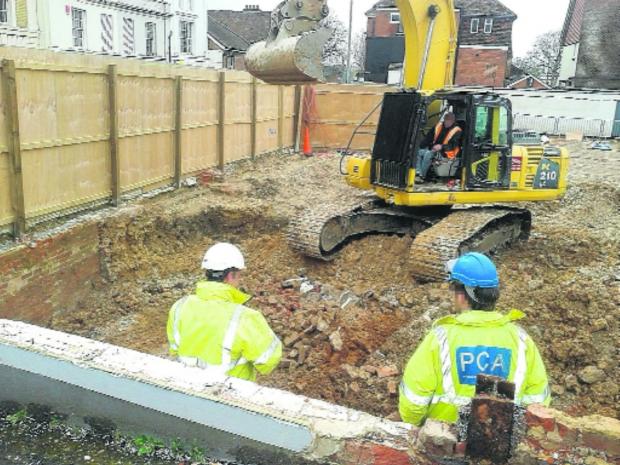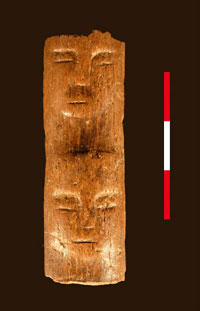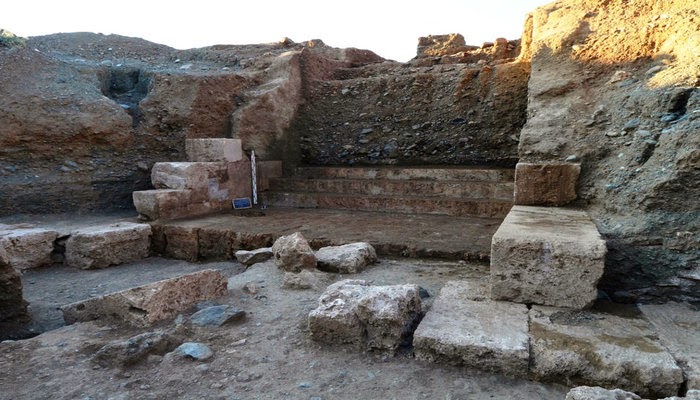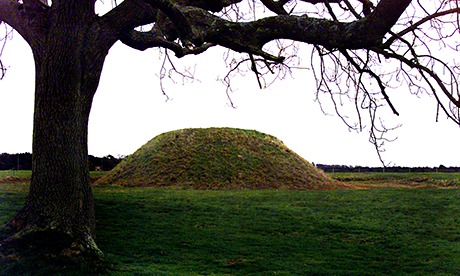You can learn a lot from a tooth.
Molars taken from skeletons unearthed by work on a new London railway line are revealing secrets of the medieval Black Death — and of its victims.
This week, Don Walker, an osteologist with the Museum of London, outlined the biography of one man whose ancient bones were found by construction workers under London’s Charterhouse Square: He was breast-fed as a baby, moved to London from another part of England, had bad tooth decay in childhood, grew up to work as a labourer, and died in early adulthood from the bubonic plague that ravaged Europe in the 14th century.
The poor man’s life was nasty, brutish, and short, but his afterlife is long and illuminating.
Read the rest of this article...











































